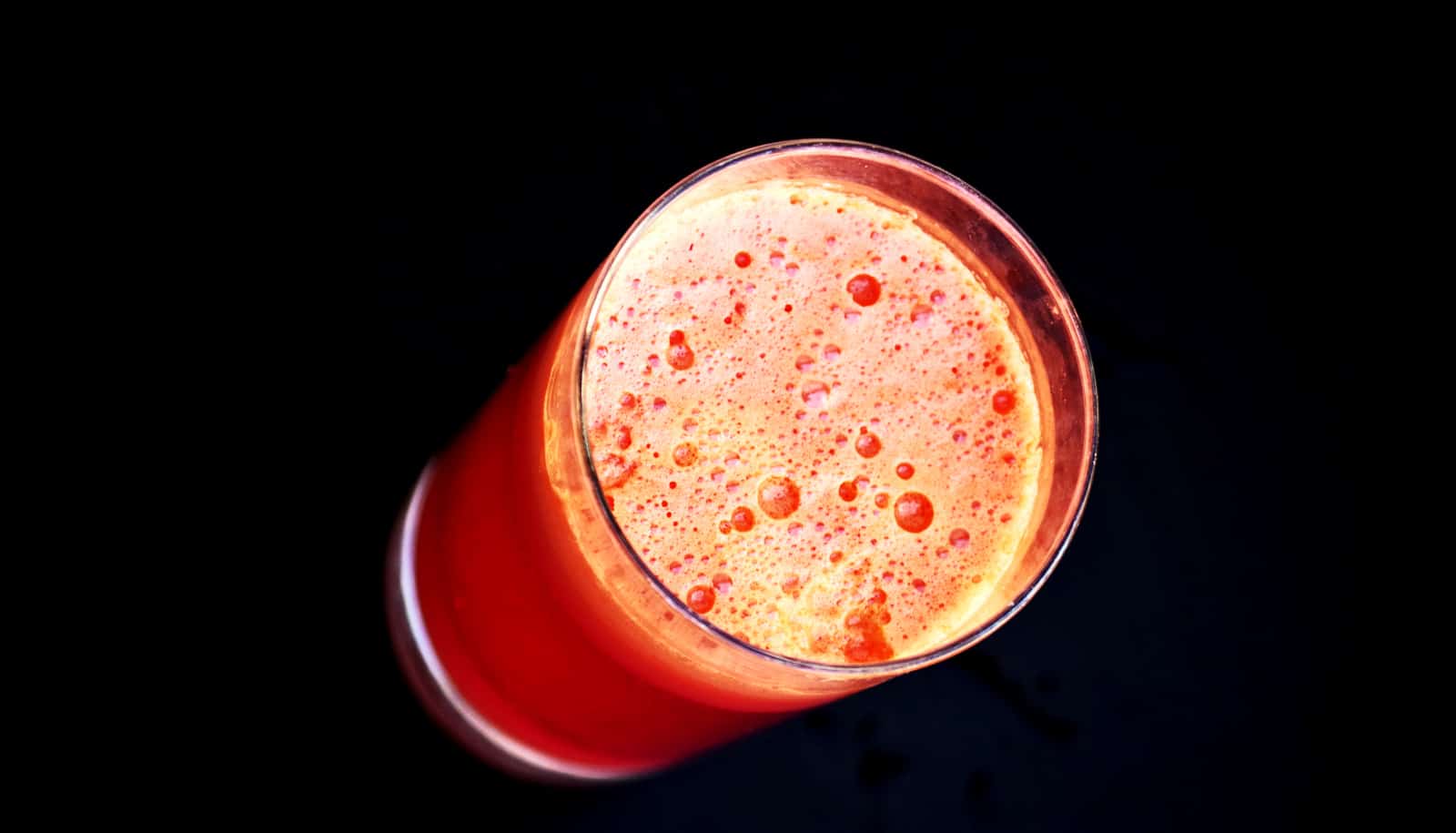A new way to precisely identify bacteria involved in food poisoning costs about 200 times less than alternative approaches.
Currently, the detection of food poisoning outbreaks takes a long time and is expensive.
The new method, called ON-rep-seq, examines selective, strain-specific fragments of the bacterial genome, allowing the generation of results that earlier required DNA sequencing of the entire bacterial genome or tedious approaches like pulsed field gel electrophoresis. Pulsed field gel electrophoresis had previously been the golden standard for strain-level typing of microorganisms.
The method has the potential to change the approach for investigating food-based disease outbreaks by making analysis much less time- and cost consuming.
Cheaper, faster food poisoning warning
Currently, bacterial detection and identification based on bacterial DNA requires expensive instrumentation and many hours of work by highly trained specialists. Let’s imagine, for example, there is a suspected Salmonella outbreak. Usually in order to locate its origin, not only will investigators have to analyze many samples, but the analysis has to be precise in order to distinguish one bacterial strain from another.
“Our new method allows identification and typing of hundreds of samples in less than two hours, and we expect that this will even be reduced to ‘real time’ in a short period of time,” says Lukasz Krych, associate professor at the food science department at the University of Copenhagen.
The new method is based on nanopore sequencing, which is a new, real-time DNA sequencing approach “that will definitely revolutionize the future of DNA sequencing,” according to Krych.
Hunting down bacteria
The smallest ever sequencer, called MinION, is a $999 hand-held, USB-powered device that became commercially available in 2015. A year later astronauts took it to the International Space Station, where it achieved the first DNA sequencing in history performed in zero-gravity conditions.
Despite the indisputable revolution in DNA sequencing MinION offers, it quickly became clear that the data generated with the device are still not perfect due to sequencing errors, while the analysis remained relatively expensive to perform (around $150 per bacterium).
The researchers found a way to utilize this technology to analyze hundreds of bacteria at a time, cutting costs to less than $2 per bacterium, while at the same time increasing the accuracy to more than 99%.
“Our method can be used both within food safety, where you can quickly find disease-causing or health-promoting bacteria, and also in the health sector, where you will be able to perform certain analyses that you are not even considering today because of the price and time-consuming nature of traditional analysis,” says Josue Leonardo Castro Mejia, a postdoctoral researcher.
At the moment, there are several companies testing the method to implement in their systems for establishing rapid screening programs for thousands of strains.
The research appears in Communications Biology.
Funding for the research came from the food science department at the University of Copenhagen. The researchers carried out the project in collaboration with the polish company GenXone SA, which helped to set up a bioinformatics pipeline necessary to perform fast and efficient analysis of the sequencing data.
Source: University of Copenhagen



